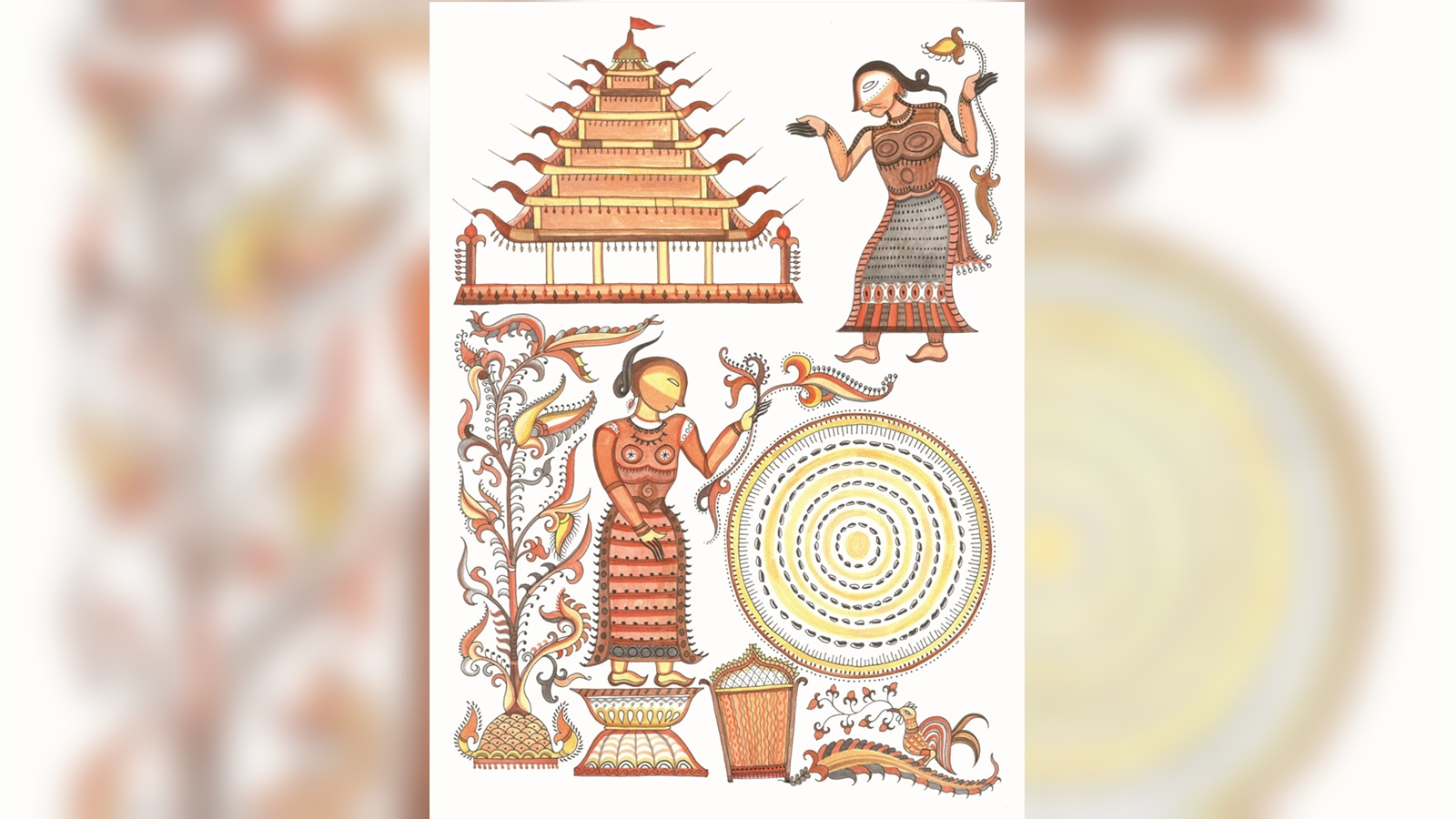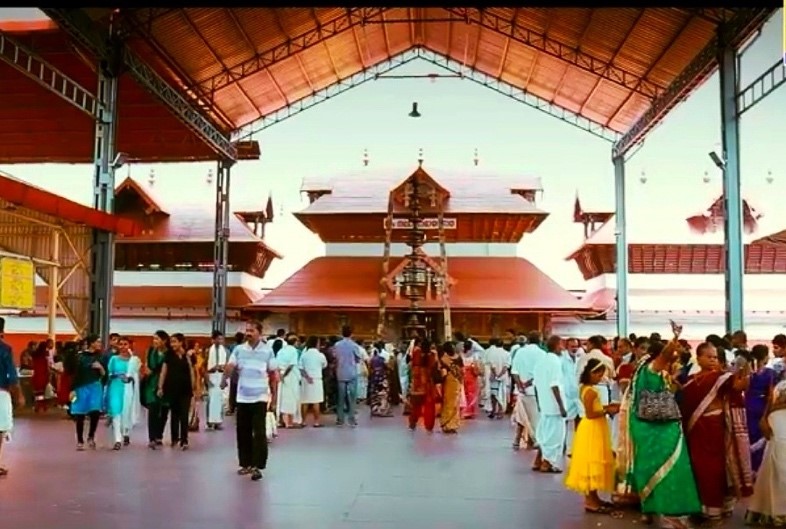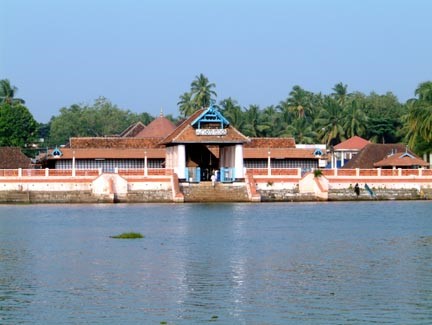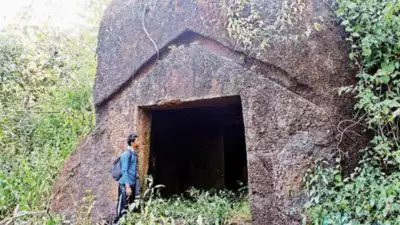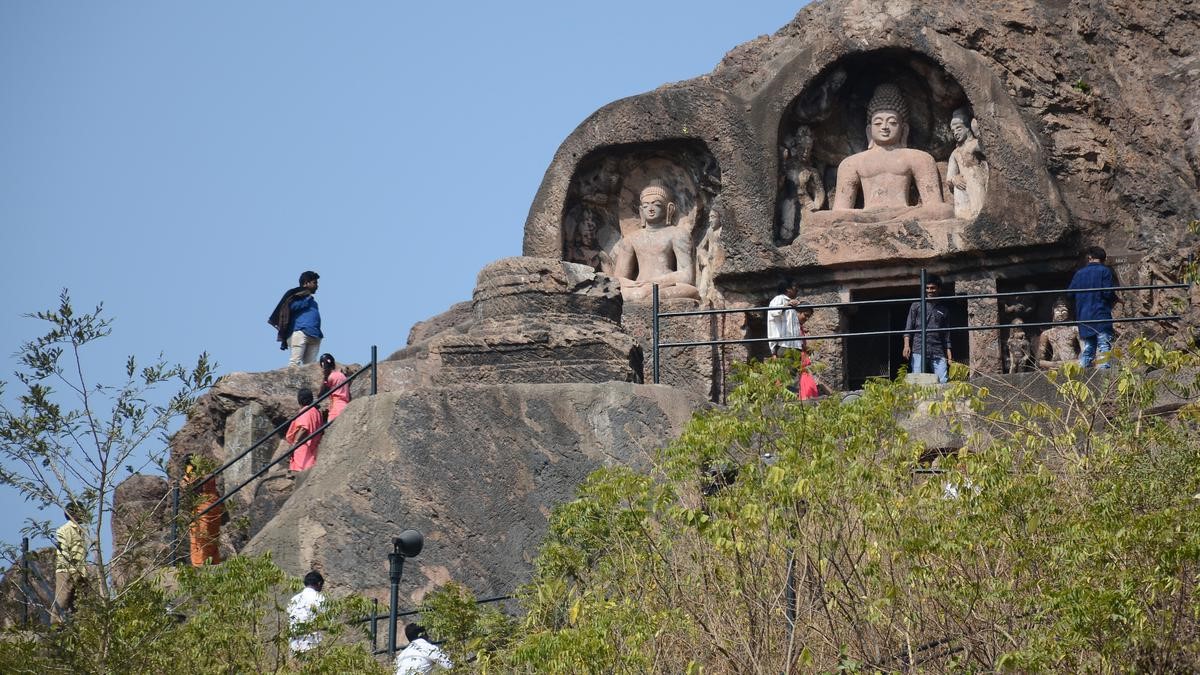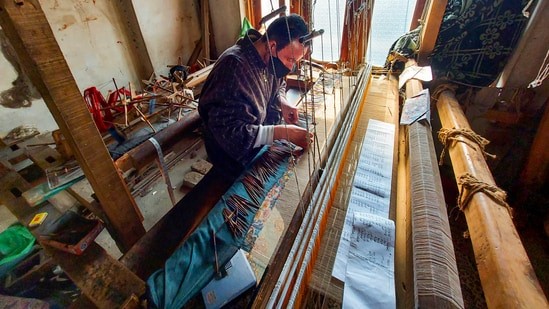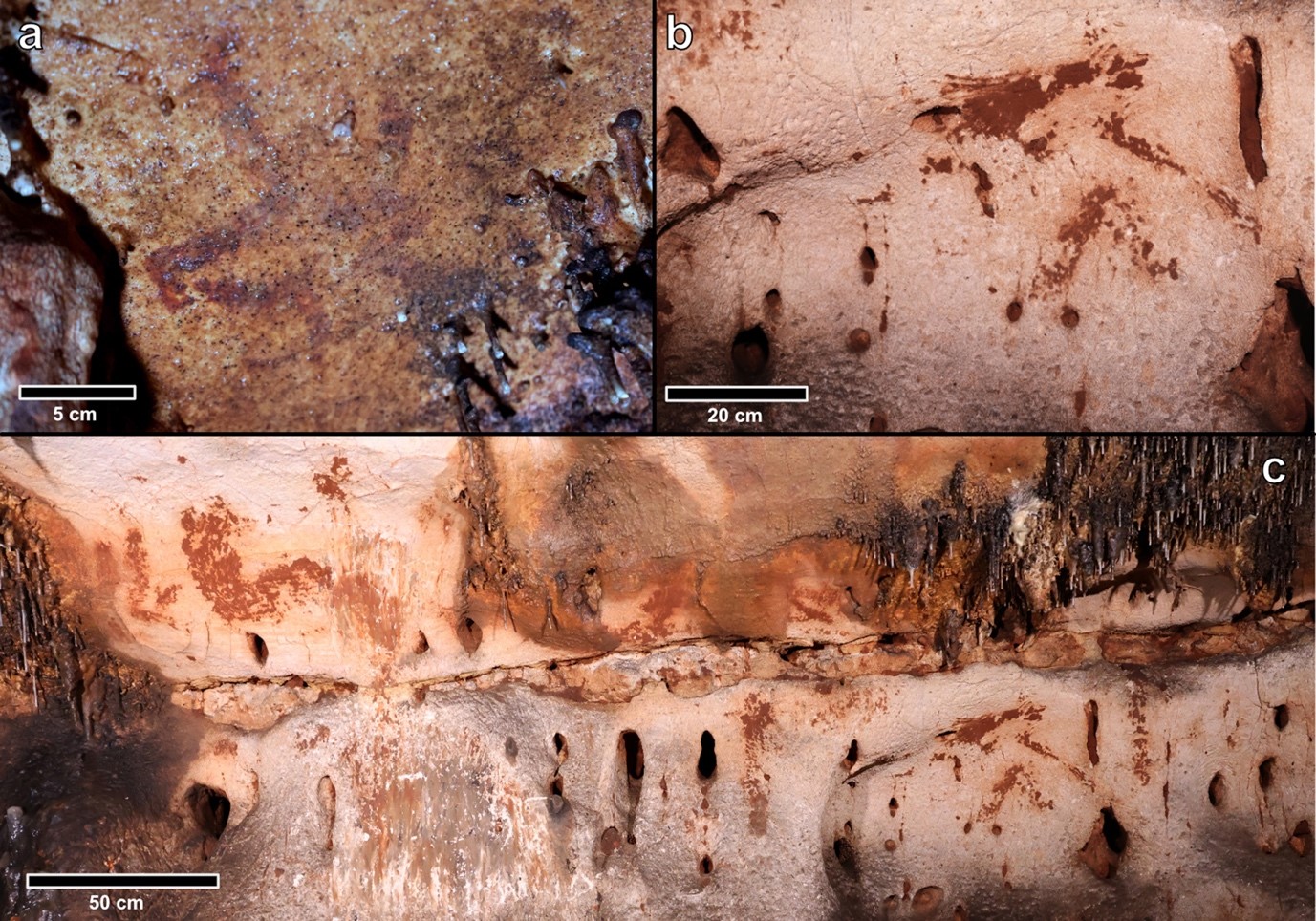Description
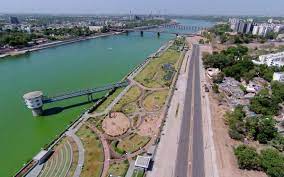
Copyright infringement is not intended
Context: Ahmedabad has made it to Times Magazine’s World’s Greatest Places of 2022.
Details:
- As India’s first UNESCO World Heritage City, Ahmedabad boasts both ancient landmarks and contemporary innovations that make it a mecca for cultural tourism, from the serene Gandhi Ashram that sits on 36 acres on the banks of the Sabarmati River to Navratri, a vibrant nine-day celebration (billed as the longest dance festival in the world.
- Ahmedabad’s Gujarat Science City, a sprawling entertainment center and theme park, unveiled three major attractions last year, including a 20-acre nature park to educate the public on local flora as well as provide new spaces for playing chess and practicing yoga. There is also a new interactive robot gallery that celebrates innovation in robotics and features a towering replica of a Transformer. And Science City’s new aquarium, which showcases aquatic species from around the globe, is now India’s largest.
What are World Heritage Sites?
- It is a landmark or area with legal protectionby an international convention administered by the United Nations Educational, Scientific and Cultural Organisation (UNESCO).
- World Heritage Sites are designated by UNESCO for having cultural, historical, scientific or other forms of significance.
- As per the ‘Convention concerning the Protection of the World Culturaland Natural Heritage’1972, UNESCO seeks to encourage the identification, protection and preservation of cultural and natural heritage around the world considered to be of outstanding value to humanity.
- As of July 2021, a total of 1,154 World Heritage Sites (897 cultural, 218 natural, and 39 mixed properties) exist across 167 countries. With 58 selected areas, Italy is the country with the most sites on the list.
- Categories: A World Heritage Site can be either cultural or natural areasor objects which are inscribed on UNESCO’s World Heritage List for having “outstanding universal value”.
- These sites are usually considered to have cultural significance to all the people in the world, including future generations.
How are they selected?
- According to The Operational Guidelines for the Implementation of the World Heritage Convention, a country must first list its significant cultural and natural sites into a document known as the Tentative List.
- The sites selected from that list move onto the Nomination File, which is then evaluated by the International Council on Monuments and Sites and the World Conservation Union.
- Any site that wasn’t first included in the Tentative List cannot be nominated.
- The two bodies then make their recommendations to the World Heritage Committee, which consists of diplomatic representatives from 21 countries.
- The committee meets each year to decide whether a nominated property can be inscribed on the World Heritage List.
- The committee makes the final decision if a site meets at least one of the ten selection criteria.
Can a site lose its designation?
- A site may lose its designationwhen the World Heritage Committee determines if it is not properly maintained or protected.
- It is first placed in the list of World Heritage in Danger as the Committee attempts to find a remedy involving the local authorities. If any remedies fail, the designation is revoked.
- A country can also request the Committee to partially or fully delist a property, generally in such cases when its condition has seriously deteriorated.
How many World Heritage Sites are in India?
- There are currently 32 cultural, seven natural and one mixed World Heritage Sitesin India.
- Oldest sites:Agra Fort, Ajanta Caves, Ellora Caves, and Taj Mahal made it to the list in 1983.
- Latest sites:The latest sites to be added to the list Dholavira in Gujarat, Kakatiya Rudreshwara (Ramappa) Temple in Telangana in 2021.
- There are 46 sites in the Tentative Listincluding a group of monuments at Mandu and the historic ensemble of Orchha in Madhya Pradesh, Satpura tiger reserve, temples of Kanchipuram, temples at Bishnupur in West Bengal, and Sri Harimandir Sahib in Amritsar, Punjab.
Indian Properties inscribed on the World Heritage List (40)
Cultural (32)
- Agra Fort (1983)
- Ajanta Caves (1983)
- Archaeological Site of Nalanda Mahavihara at Nalanda, Bihar (2016)
- Buddhist Monuments at Sanchi (1989)
- Champaner-Pavagadh Archaeological Park (2004)
- Chhatrapati Shivaji Terminus (formerly Victoria Terminus) (2004)
- Churches and Convents of Goa (1986)
- Dholavira: a Harappan City (2021)
- Elephanta Caves (1987)
- Ellora Caves (1983)
- Fatehpur Sikri (1986)
- Great Living Chola Temples (1987,2004)
- Group of Monuments at Hampi (1986)
- Group of Monuments at Mahabalipuram (1984)
- Group of Monuments at Pattadakal (1987)
- Hill Forts of Rajasthan (2013)
- Historic City of Ahmadabad (2017)
- Humayun's Tomb, Delhi (1993)
- Jaipur City, Rajasthan (2019)
- Kakatiya Rudreshwara (Ramappa) Temple, Telangana (2021)
- Khajuraho Group of Monuments (1986)
- Mahabodhi Temple Complex at Bodh Gaya (2002)
- Mountain Railways of India (1999,2005,2008)
- Qutb Minar and its Monuments, Delhi (1993)
- Rani-ki-Vav (the Queen’s Stepwell) at Patan, Gujarat (2014)
- Red Fort Complex (2007)
- Rock Shelters of Bhimbetka (2003)
- Sun Temple, Konârak (1984)
- Taj Mahal (1983)
- The Architectural Work of Le Corbusier, an Outstanding Contribution to the Modern Movement (2016)
- The Jantar Mantar, Jaipur (2010)
- Victorian Gothic and Art Deco Ensembles of Mumbai (2018)
Natural (7)
- Great Himalayan National Park Conservation Area (2014)
- Kaziranga National Park (1985)
- Keoladeo National Park (1985)
- Manas Wildlife Sanctuary (1985)
- Nanda Devi and Valley of Flowers National Parks (1988,2005)
- Sundarbans National Park (1987)
- Western Ghats (2012)
Mixed (1)
- Khangchendzonga National Park (2016)
Amit Shah Commends Ahmedabad's Inclusion In TIME 's Greatest Places List12 hours ago
1.png)







